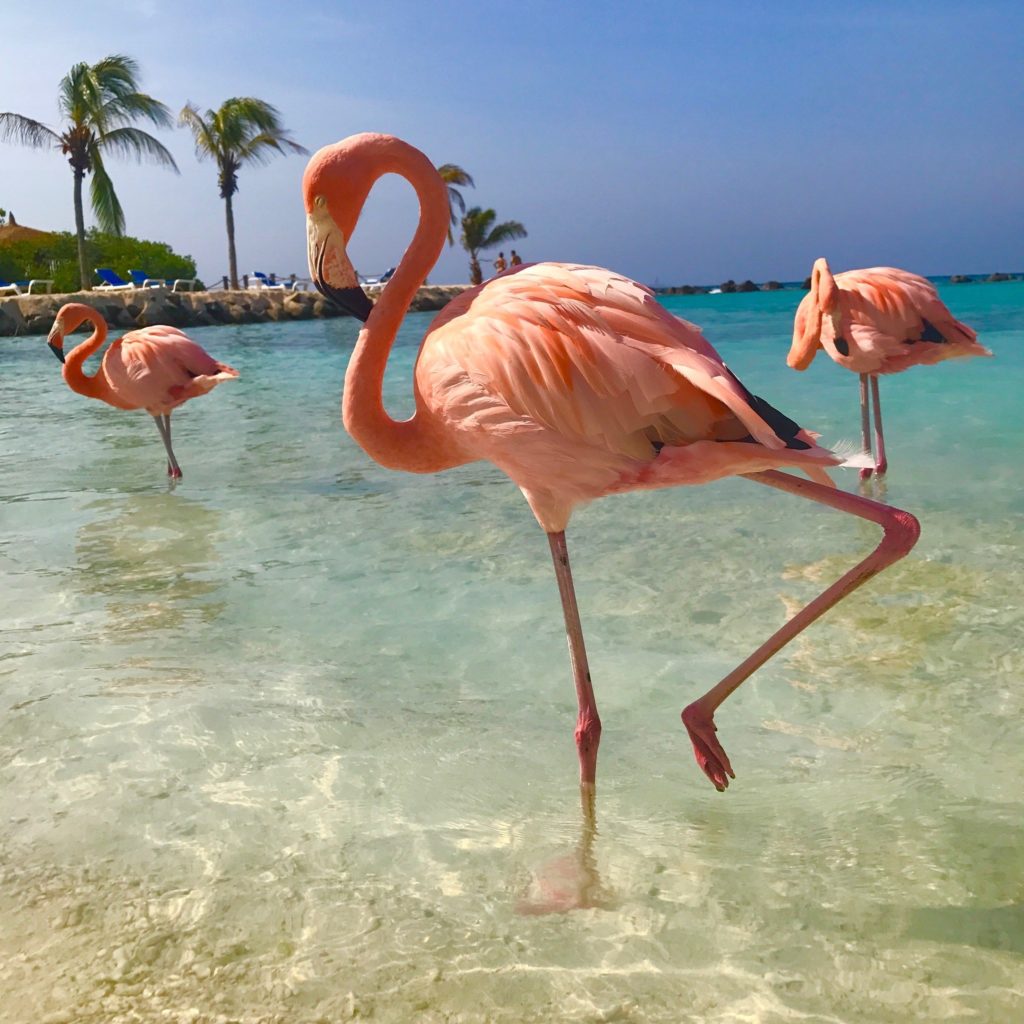


It’s designed that way so they can filter feed in the water. Or how about a regiment or a colony? All good but here at Folly Farm we have a particular favourite and it’s this – a flamboyance of flamingos…we think that sums them up nicely, don’t you? They’re sometimes referred to as a stand of flamingos. There are many names which describe a large gathering of flamingos. It was at Zoo Basel, Switzerland in 1958. The first ever flamingo hatched in a zoo was a Chilean flamingo.Its knee is much higher and hidden underneath its feathers. The backward bending knee of a flamingo isn’t a knee at all, it’s actually its ankle.Flamingos can filter feed in the water for several hours a day.The word ‘flamingo’ comes from the Latin and Spanish for ‘fire’ referring of course to their bright pink feathers.The main reasons for this are changes in their habitat, increased hunting and environmental factors too. Conservationįlamingo numbers have gone down in the last fifty years or so. It’s this pigment, or colouring, that turns flamingos pink. All these have what they call ‘carotenoid’ (the same pigment which makes carrots orange). Their natural diet would consist of mainly algae, shrimp and plankton. The familiar pink colour comes from their diet. With their distinctive pink feathers, long spindly legs and the ability to stand on one leg for up to four hours our Chilean flamingos are instantly recognisable.ĭid you know that when a flamingo chick is born, it isn’t pink at all? In fact it’s a dull grey colour. That’s why we’ve also provided them with a heated pool house. The "official" pink flamingo is from Union Products.They just love the warm, tropical climate that south America has to offer. Don Featherstone of Massachusetts invented the pink plastic lawn flamingo, gracing lawns since 1957. There are more plastic flamingos in America than there are real ones.Other significant threats to flamingos in the wild include predators, illegal poaching for their feathers, and hunting for their eggs or tongues as a delicacy.The Andean flamingo is the most threatened of all flamingo species due to the loss of its habitat.With veterinary care, a regular diet, and fewer predatory threats, flamingos can live up to 50 years in captivity. Flamingos have a lifespan of 20 to 30 years in the wild.While flamingos are classified as wading birds, like herons, egrets, spoonbills, and cranes, they are genetically closer to grebes, an aquatic diving waterfowl.Flamingos are found worldwide from the Caribbean and South America to Africa, the Middle East, and Europe in wet habitats from freshwater to saltwater, including mudflats, lakes, coastal lagoons, and marshlands.Many flamingos migrate or regularly fly between the best food sources and nesting grounds. Flamingos are strong but rare swimmers and powerful fliers.The bird's knee is close to the body and not visible through the bird's plumage. The backward bending "knee" of a flamingo's leg is the bird's ankle.They will alternate legs to regulate their body temperature. Flamingos often stand on one leg to preserve body heat, tucking the other leg into their warm plumage. An adult flamingo's legs can be 30- to 50-inches long-longer than its entire body.The lesser flamingo is the smallest, reaching 3-feet tall and typically 3 to 6 pounds. The greater flamingo is the largest flamingo species and can measure up to 5-feet tall when standing erect with its head raised.It can take up to three years to achieve mature pink, orange, or red plumage. Flamingo chicks are born gray or white with fluffier plumage to keep them warm.A wild flamingo's diet includes shrimp, plankton, algae, and crustaceans. Carotene is the same pigment that makes tomatoes red and carrots orange. Pink, orange, or red feathers are caused by carotene in their food.The word "flamingo" comes from the Spanish and Latin word "flamenco," meaning fire, referring to those birds that get fiery-colored feathers (not all do).The Spruce Home Improvement Review Board.


 0 kommentar(er)
0 kommentar(er)
